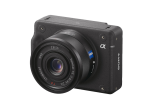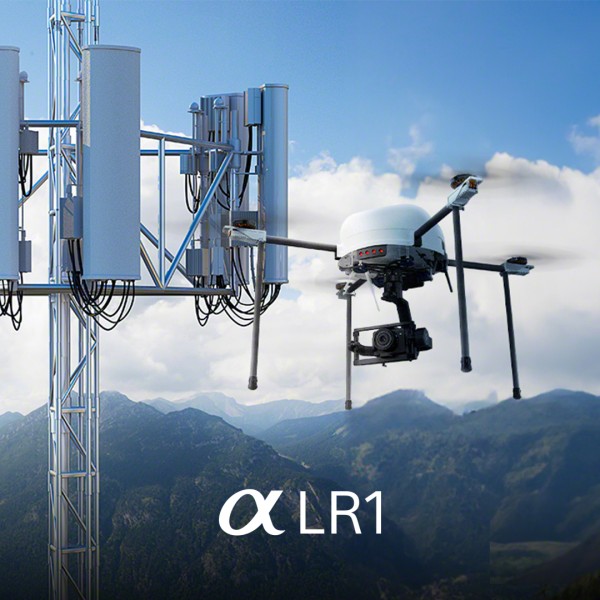
Sony Alpha camera supported by Sony SDK (Software Development Kit)

Sony Alpha camera supported by Sony SDK (Software Development Kit)

Digital Video Camera using various interfaces (USB, Gigabit Ethernet, Camera link)



The ILX-LR1 is an interchangeable lens professional camera with approx. 61.0 effective megapixels 35mm full-frame image sensor and is compatible with the Sony Camera Remote SDK. With an extremely high resolution and a lightweight, compact form factor, it is ideal for inspection, investigation, surveying and mapping proceeded by drone
High resolution sensor for detailed images and efficient coverage
High resolution, low noise and wide dynamic range images enable reveal fine details like small scratches and cracks during inspection, investigation, surveying and mapping. With its 3fps continuous shooting capabilities, it allows for quick completion of shooting from high altitudes in a short amount of time. Compatibility with a wide range of E-mount lenses enables the selection of the most appropriate lens.
Lightweight and compact design, ideal for drone photography
It is designed to be the smallest and lightest interchangeable lens camera with a 35mm full-frame image sensor in Sony's α camera history, while incorporating the necessary features for industrial applications
Designed for easy integration with industrial applications
| Key Features | resolution, compact size, sensor |
|---|---|
| Sensor | Exmor R CMOS |
| Resolution | 61 MP |
| Video format | |
| Speed | |
| Optical zoom (lens) | |
| Digital zoom | |
| Super resolution zoom | |
| Storage | |
| Lens | Emount lens |
| Live view | |
| Width | 100 |
| Height | 74 |
| Depth | 42.5 |
| Weight | 243g |
| Interface | |
| Video output | |
| Partial scan/binning | |
| IEEE1588 compliant | |
| HW & SW trigger | |
| Noise filter | |
| DC 12 V (PoE) | |
| Shading/ defect correction | |
| Frame accumulation | |
| WDR | |
| LUT | |
| FOV | |
| External synchronization | |
| Power consumption | |
| Image stabilization | |
| Noise reduction | |
| Visca command | |
| Sensitivity | |
| Others | |
| accuracy | |
| distance range |

Sky Mantis 2 platform from Evolve Dynamics benefits from a 61-megapixel camera that allows 30X optical zoom

Drones have come a long way from the early days of being hobbyist toys used to experience the excitement and challenge of controlling a flying machine.
Nowadays, they are serious pieces of equipment, finding multiple applications in many sectors, from utilities and agriculture to defense.
Indeed, according to the Drone Manufacturers Ranking 2022 report, the commercial drone market has reached a stage of high technological sophistication, with the fleet growing massively. "The hype of recent years has faded", says the report, "and it is clear now that drone technology is here to stay since it offers very practical solutions to real-life problems."

Drones have become a reliable and versatile tool for mapping, surveying, and inspection activities across various industrial sectors. This proliferation has been driven by the availability of rugged and ultra-lightweight imaging systems such as interchangeable lens cameras, which have allowed organizations in industries such as power and utilities to monitor assets remotely – saving time and money and reducing safety risks.
As the capability of drones has increased, so has the scope of their application too. Many companies and organizations now use drones to gather large amounts of data over vast geographic areas, streamlining operations and boosting efficiencies.
So, drones have become invaluable and economical ‘flying sensors’ in a data-driven world. Here, we highlight five top industry applications for drones with image-sensing capabilities, providing use cases highlighting their adaptability.